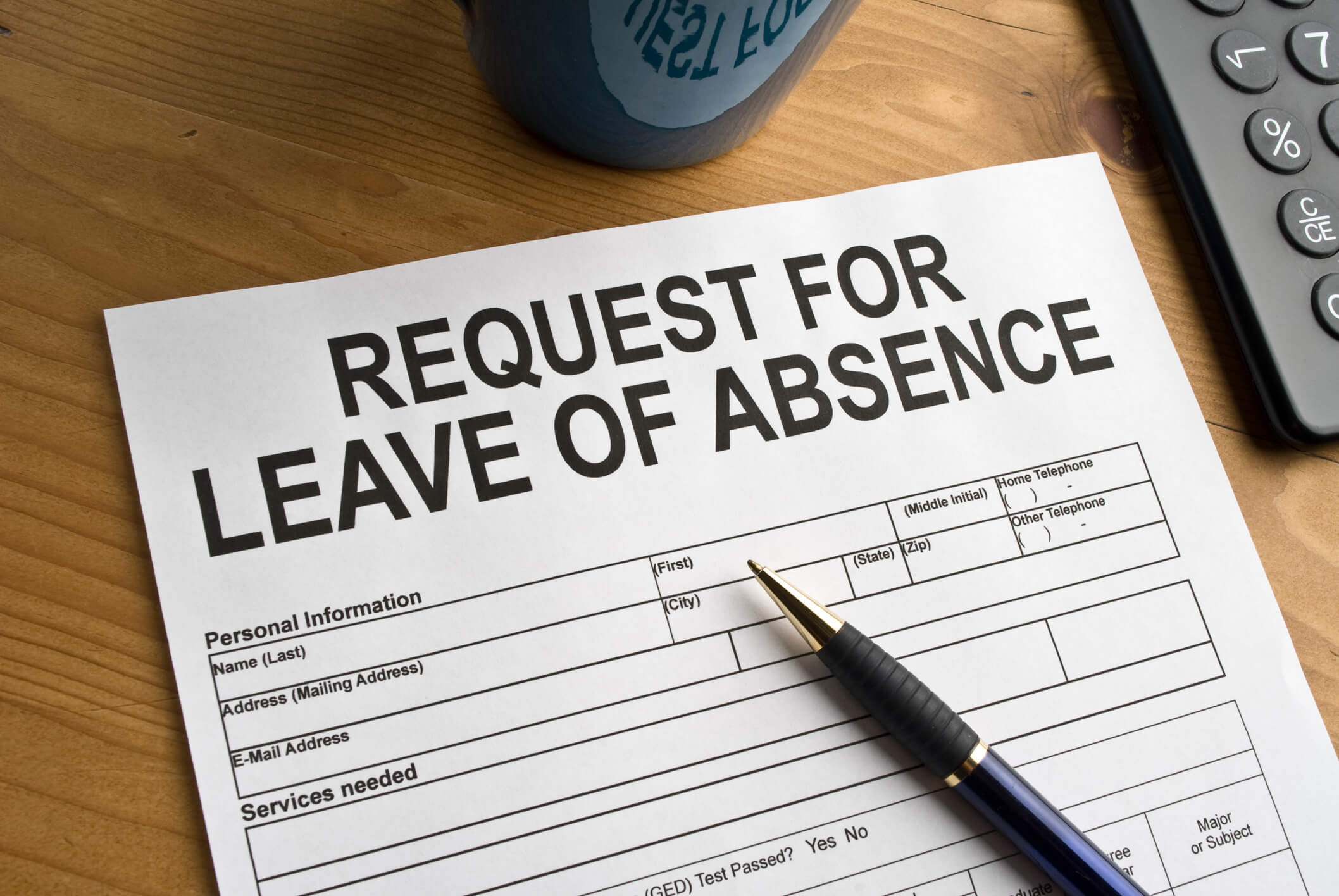On June 7, 2023, Governor Tina Kotek signed into law Senate Bill (SB) 999, a measure that will more closely align certain provisions of Paid Leave Oregon with the Oregon Family Leave Act (OFLA).
Quick Hits
- Senate Bill 999 aligns certain provisions under Paid Leave Oregon and the Oregon Family Leave Act, including provisions that define the terms “family member” and “one-year period,” protect eligible employees’ job restoration rights, and prescribe the method for determining the one-year period for purposes of tracking leave.
- Employees may begin applying for Paid Leave Oregon benefits on September 3, 2023.
- The Oregon Employment Department is holding public hearings in June 2023 on rules related to Paid Leave Oregon benefits, assistance grants, and equivalent plans.
Oregon enacted OFLA in 1995. OFLA applies to employers with twenty-five or more employees within the state of Oregon. OFLA, like the federal Family and Medical Leave Act (FMLA), permits an eligible employee to take up to twelve weeks of unpaid leave from work during a one-year period to care for and bond with a child following the child’s birth or adoption; to recover from a serious health condition or care for a family member’s serious health condition; to attend a family member’s funeral or grieve (up to two weeks); to care for a sick child; or to use for reasons related to public health emergencies, such as school closings, wildfires, or poor air quality.
Paid Leave Oregon went into effect on January 1, 2023, and employees may begin applying for benefits on September 3, 2023. Paid Leave Oregon provides an employee with compensated time off from work to care for and bond with a child following the child’s birth or adoption, to recover from a serious health condition or care for a family member’s serious health condition, or to take leave if the employee or the employee’s family member has experienced domestic violence, sexual assault, or harassment.
Paid Leave Oregon applies to employers with at least one employee in the state of Oregon. Large employers (i.e., those that employ twenty-five or more employees worldwide) must contribute to the Paid Leave Oregon fund. Small employers (those who employ fewer than twenty-five employees worldwide) may opt out of paying employer contributions. However, employers of all sizes with at least one employee in Oregon must withhold Oregon employees’ Paid Leave Oregon contributions from their paychecks, and such employees have job protection rights under Paid Leave Oregon, regardless of the size of the employer.
Family Member Affinity Status Under OFLA and Paid Leave Oregon
Currently, OFLA defines “family member” as an employee’s “spouse, same-gender domestic partner, biological child, adopted child, stepchild, foster child, same-gender domestic partner’s child, parent, adoptive parent, stepparent, foster parent, parent-in-law, same-gender domestic partner’s parent, grandparent, grandchild, and any individual with whom an employee has or had an in loco parentis relationship.”
Paid Leave Oregon’s definition of “family member” includes individuals covered by OFLA’s definition of “family member” and further includes anyone related to the employee “by blood” or “who lives with or is connected to [the employee] like a family member and has a family relationship.” SB 999 amends OFLA to include family members by affinity status, as defined under Paid Leave Oregon.
SB 999 further directs the Oregon Employment Department and the Oregon Bureau of Labor and Industries to adopt rules for: (1) establishing factors that show a significant personal bond exists for an individual to qualify as a family member by reason of affinity, and (2) “developing and using an attestation form by which an employee may attest” to those factors. The agency is further directed to enact these rules no later than September 3, 2023.
Job Protection Rights Under OFLA and Paid Leave Oregon
SB 999 aligns an employee’s job protection rights after taking OFLA and/or Paid Leave Oregon. Currently, employers must return an employee who has taken OFLA leave to the same position if that position still exists. If the position no longer exists, the employee may be offered any available equivalent position with the same pay and benefits at a job site located within twenty miles of their former job site. Under Paid Leave Oregon, employers must also restore an employee who has taken protected leave to the same position if that position still exists. But if the position no longer exists, the employee may be offered any available equivalent position with the same pay and benefits.
SB 999 aligns the job protections rights. Effective September 3, 2023, if an employee’s position no longer exists upon returning from OFLA and/or Paid Leave Oregon, employers must offer an employee any available equivalent position with the same pay and benefits at a job site located within 50 miles of the job site of the employee’s former position. Further, if equivalent positions are available at multiple job sites, employers must first offer the employee the position at the job site that is nearest to the job site of the employee’s former position.
The timing of job protection rights is still different under OFLA and Paid Leave Oregon. Employees are entitled to job protection rights under OFLA if they have been employed for at least 180 days and worked an average of twenty-five hours per week. Under Paid Leave Oregon, employees are entitled to job protection if they have been employed for at least ninety consecutive days with the employer.
Calculating the ‘One-Year Period’ to Take OFLA and Paid Leave Oregon
Currently under OFLA, employers can apply four methods for tracking the “one-year period” during which eligible employees may take OFLA leave: (1) the “forward-looking method,” which allows the leave period to run for fifty-two consecutive weeks beginning on the Sunday immediately preceding the date of which OFLA leave begins; (2) a calendar year starting from January 1 and ending December 31; (3) a fiscal year; or (4) the twelve-month period that ends on the date that employee the uses any OFLA leave or that begins on the date on which an employee commences a period of OFLA leave (also known as the “rolling method”).
By contrast, Paid Leave Oregon provides only the “forward-looking method” for tracking the “one-year period” during which eligible employees may take paid leave.
SB 999 aligns the ways in which employers can track the one-year leave period. Effective July 1, 2024, employers must use the “forward-looking method” for tracking the “one-year” period” under both OFLA and Paid Leave Oregon. OFLA will no longer provide employers with the other three leave tracking methods. Employers may want to note that FMLA continues to allow employers to use the other three methods for tracking the “one-year period” for purposes of FMLA leave, but an exception exists for multistate employers.
The FMLA allows employers to use any fixed twelve-month period, including any twelve-month period required by state law. When a state leave law requires a single method for determining the one-year period, a multistate employer may comply with the FMLA by using the leave period provided by the state leave law. In Oregon, a multistate employer may use the “forward-looking method” provided by OFLA and Paid Leave Oregon to calculate the one-year period for Oregon employees and use another method provided by the FMLA for all employees outside Oregon. This ensures a consistent method of leave tracking for Oregon employees under the FMLA, OFLA, and Paid Leave Oregon.
The Oregon Employment Department and Bureau of Labor and Industries will engage in the rulemaking process to implement portions of SB 999 by September 3, 2023. The Employment Department is currently holding public hearings in June 2023 on rules related to Paid Leave Oregon benefits, assistance grants, and equivalent plans. Employers with employees working in Oregon might consider reviewing their leave tracking protocols and incorporating forms or policies to account for changes made to OFLA and Paid Leave Oregon.
Ogletree Deakins’ Portland (OR) office will continue to monitor developments and provide updates on the Oregon blog as additional information becomes available.
For more information on Paid Leave Oregon’s requirements, please join us for our upcoming webinar, “Paid Leave Oregon Update: Are You Ready for Employees to Start Filing Claims?,” which will take place on Thursday, July 13, 2023, from 2:00 p.m. to 3:00 p.m. EDT (11:00 a.m.–12:00 p.m. PDT). The speakers, Kristine M. Bingman, Florence Z. Mao, and Rachel E. Timmins, will discuss the developments. Register here.
Follow and Subscribe
LinkedIn | Twitter | Webinars | Podcasts





